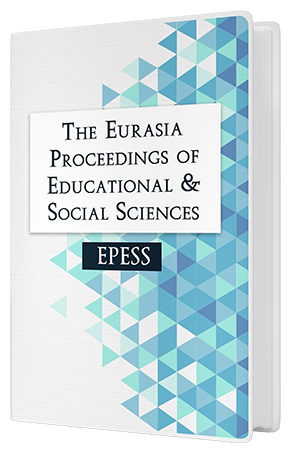Trends in the Use of Animated Teaching Media in Learning Islamic Religious Education: A Review of Bibliometric Analysis
DOI:
https://doi.org/10.55549/epess.842Keywords:
Animation, Bibliometrics, Islamic Religious EducationAbstract
IRE learning can be meaningful in various ways, one of which is applying animation media in the learning process, but not only at the level of application, it needs further development, namely through what renewable topics can be developed in the future. Based on this background, this research aims to examine the development of animation media in IRE learning over the past 10 years and future opportunities. The research design uses a qualitative approach with bibliometric research methods through the help of the publish or perish (PoP) application and VOSViewer and the data source comes from the Crossref database with a sample of 1000 published articles which are then filtered back to 988 published articles, while the analysis used is descriptive. The results revealed that the development of research on the topic of animated media in IRE learning over the past 10 years (2014-2024) experienced an increasing condition with a peak in 2022 with 196 publications. Productive researchers on the topic include Ulfia Ustina, Abdullah Arief Cholil, and Ali Bowo Tjahjono from UNISSULA Semarang University with 4 published articles. Some topics that can be developed in the future include efficiency, mean, line, issue, Islamic, national education, view, faculty miles, cycle, percentage, data display, element, idea, multiculturalism, Allah swt, Islamic education, religion, religion, covid pandemic, public SMP, model implementation, students, technology, role, data source, and data reduction.
Downloads
Published
How to Cite
Issue
Section
License
Copyright (c) 2024 The Eurasia Proceedings of Educational and Social Sciences

This work is licensed under a Creative Commons Attribution 4.0 International License.
The articles may be used for research, teaching, and private study purposes. Any substantial or systematic reproduction, redistribution, reselling, loan, sub-licensing, systematic supply, or distribution in any form to anyone is expressly forbidden. Authors alone are responsible for the contents of their articles. The journal owns the copyright of the articles. The publisher shall not be liable for any loss, actions, claims, proceedings, demand, or costs or damages whatsoever or howsoever caused arising directly or indirectly in connection with or arising out of the use of the research material. All authors are requested to disclose any actual or potential conflict of interest including any financial, personal or other relationships with other people or organizations regarding the submitted work.




